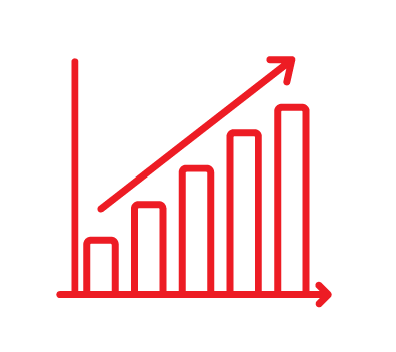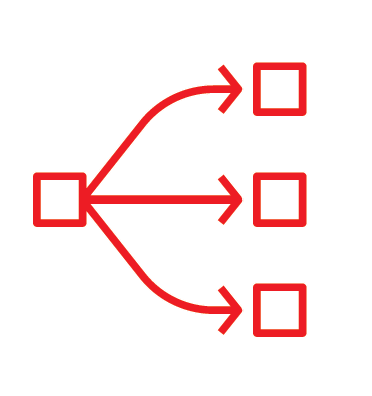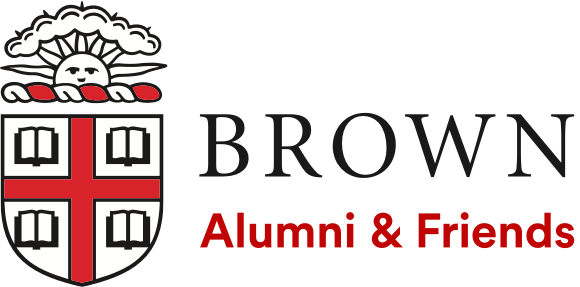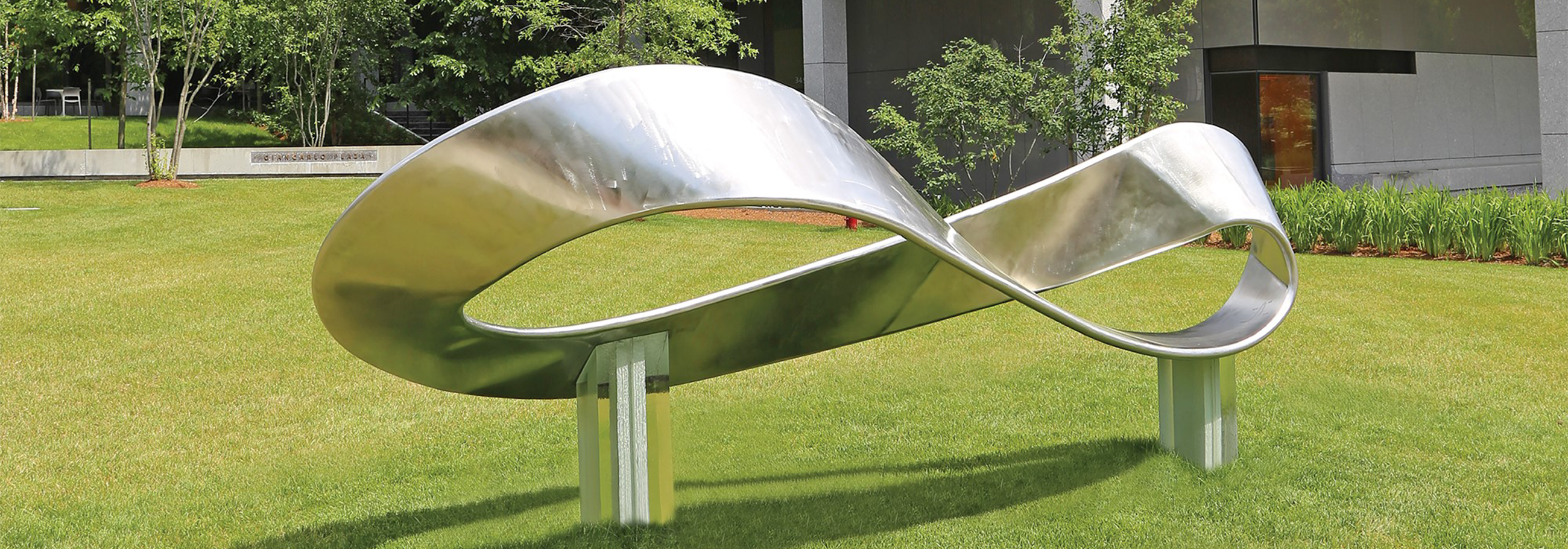Did you know establishing a Brown Donor Advised Fund is an easy and cost-effective way to support the University and other causes and organizations you care about?
How It Works
 |
GIVEMake an initial contribution of $100,000 or more to establish the fund. Brown can accept a wide variety of cash and non-cash assets, including DAF to DAF rollovers and contributions from a private foundation. |
 |
GROWInvest in Brown’s endowment or in a money market pool. |
 |
GRANTWhen you’re ready to support Brown or other organizations, you can request to make distributions from your fund through the Office of Philanthropic Strategies and Planned Giving. At least 25% of all contributions must be to Brown. |
Is a DAF right for you?
Organizing and simplifying your charitable giving and the opportunity to separate your tax-deductible contribution from your selection of charities can be quite desirable. Here are three scenarios:
- Charitable giving has long been regarded as a key way to cultivate a sense of purpose and direction in children. In recent years, DAFs have replaced private foundations to streamline and facilitate family philanthropy and wealth management. DAFs can provide a powerful opportunity to identify your family’s values, to further your legacy, and to teach future generations about the importance of giving back. For those who no longer want to manage the ongoing reporting obligations of a private foundation, transferring the foundation funds to a DAF and winding down the foundation have been appealing alternatives.
- Your DAF can be a useful tax management strategy in a year you anticipate a significant tax liability. For example, it can be beneficial for investors in and founders of private companies, to think beyond cash when it comes to giving. There may be significant tax advantages to donating shares in the company to a DAF first rather than waiting for a liquidity event and making a gift from the proceeds. Contributing to a DAF can provide valuable charitable income tax deductions when they are needed most and allow charitable distribution decisions to be made in future years.
- An estimated 90% of taxpayers do not itemize and do not benefit from the charitable income tax deduction. As a result, more taxpayers are using DAFs to “bunch” their charitable giving into a single tax year to claim a charitable deduction and then use the DAF to donate to charities in the years they didn’t fund their DAF while taking the standard deduction. This allows them to provide consistent annual support to their favorite charities and maximum income tax savings. When it makes sense to itemize again, they can repeat the process.

